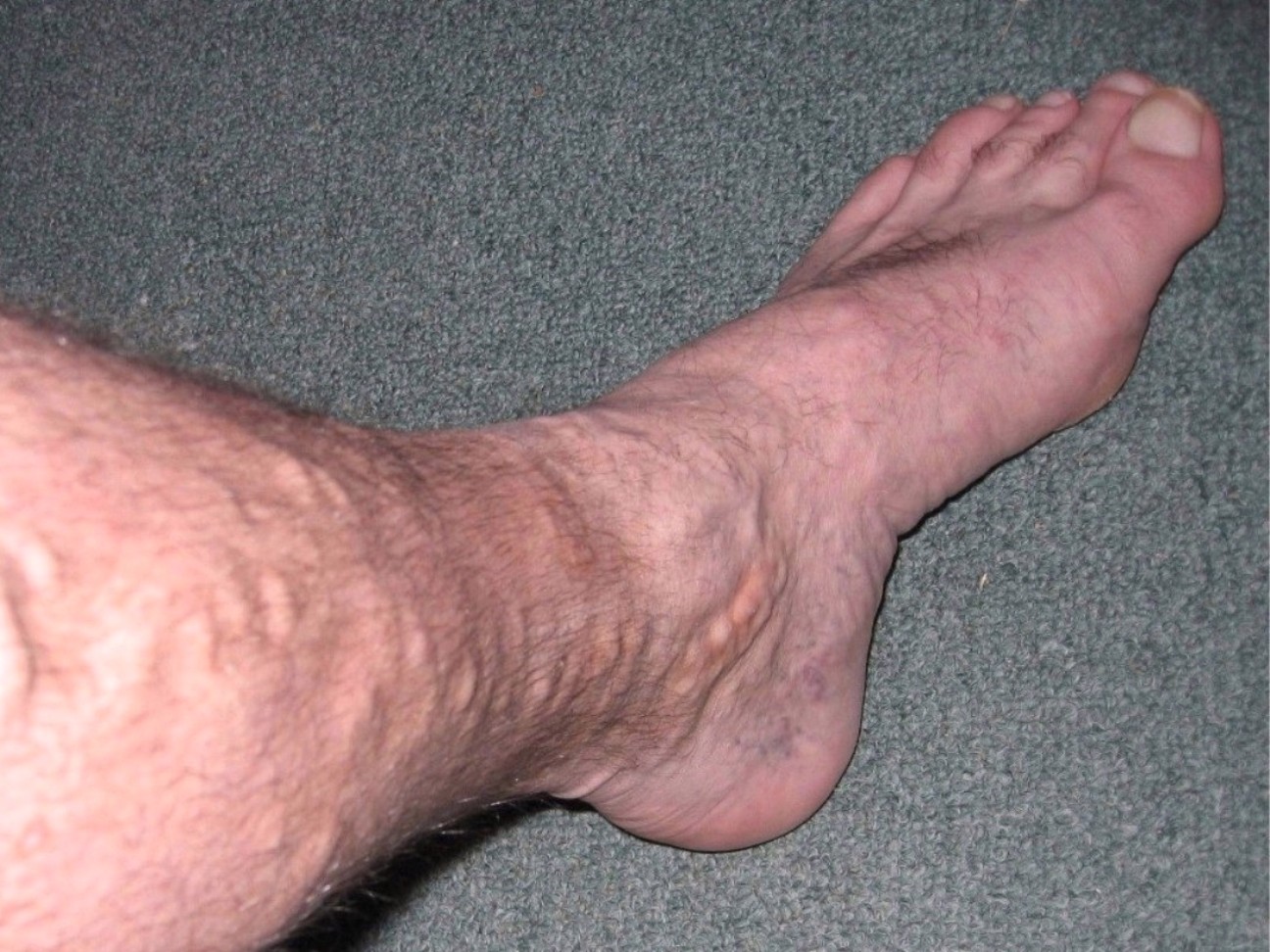Varicose Veins and Spider Veins
What are the symptoms of spider veins?
Spider veins, also known as telangiectasias or venulectasias, are small, twisted blood vessels that are visible through the skin. They are usually blue, red, or purple in color and often resemble spider webs or tree branches. Spider veins are most commonly found on the legs and face. Symptoms of spider veins may include:
- Visible veins: The most obvious symptom of spider veins is the appearance of small, visible blood vessels on the skin.
- Pain or discomfort: Some people with spider veins may experience mild pain, aching, or discomfort in the area where the veins are present, especially after standing or sitting for long periods.
- Burning or itching: In some cases, spider veins may cause a burning or itching sensation on the skin.
- Swelling: Spider veins may be associated with swelling, especially in the lower legs and ankles.
- Heaviness: Some people with spider veins may feel a sense of heaviness or fatigue in the legs, especially after prolonged periods of standing or walking.
- Restless legs: Restless legs syndrome, characterized by an uncontrollable urge to move the legs, may be more common in people with spider veins.
- Skin changes: In severe cases, spider veins may be associated with changes in the skin, such as thickening, discoloration, or the development of ulcers.
Spider veins are usually not a serious medical condition, but they can be unsightly and may cause discomfort for some people. Treatment options for spider veins include sclerotherapy, laser therapy, and in some cases, surgery. If you are concerned about spider veins or experiencing symptoms, it’s best to consult with a healthcare provider or dermatologist for an evaluation and appropriate treatment recommendations.
What are the causes of varicose veins?
Varicose veins are a common condition that affects the veins in the legs, causing them to become swollen and twisted. The causes of varicose veins can be attributed to a combination of genetic and lifestyle factors. Here are some of the most common causes:
- Genetics: If your parents have varicose veins, you may be more likely to develop them as well.
- Age: As people age, the valves in their veins can become weaker and less effective, leading to varicose veins.
- Obesity: Being overweight or obese can increase the pressure on the veins, leading to varicose veins.
- Pregnancy: The increased blood volume and pressure on the veins during pregnancy can cause varicose veins.
- Hormonal changes: Hormonal changes during pregnancy, menopause, or puberty can cause blood vessels to relax and become more prone to varicose veins.
- Standing or sitting for long periods: Prolonged standing or sitting can cause blood to pool in the legs, leading to varicose veins.
- Weakened valves: The valves in the veins are responsible for preventing blood from flowing backwards. If these valves become weakened, blood can flow backwards and cause varicose veins.
- Venous insufficiency: Venous insufficiency is a condition where the valves in the veins do not function properly, allowing blood to flow backwards and accumulate in the legs.
- Blood clots: Blood clots can form in the veins and cause varicose veins if they are not treated promptly.
- High blood pressure: High blood pressure can cause blood vessels to narrow and become more susceptible to varicose veins.
- Inactivity: A sedentary lifestyle can contribute to the development of varicose veins by reducing blood flow and increasing pressure on the veins.
- Family history: Having a family history of varicose veins can increase your risk of developing the condition.
- Smoking: Smoking can reduce blood flow and increase blood pressure, making it more likely for varicose veins to develop.
- Constipation: Constipation can put pressure on the veins and lead to varicose veins.
It’s essential to note that some people may have a combination of these factors contributing to their development of varicose veins.
What are the treatments for spider veins and varicose veins?
The treatments for spider veins and varicose veins vary depending on the size, location, and severity of the veins. Some common treatments include:
- Compression stockings: These stockings apply pressure to the legs, helping to improve blood flow and reduce the appearance of spider veins and varicose veins. They are often used as a first-line treatment and may be recommended before or after other treatments.
- Sclerotherapy: This is a common treatment for both spider veins and small varicose veins. A solution is injected into the veins, causing them to collapse and eventually fade away. Multiple sessions may be needed for best results.
- Laser therapy: Laser treatment can be used to target and destroy spider veins and small varicose veins. It works by sending strong bursts of light onto the vein, which makes the vein slowly fade and disappear.
- Vein stripping and ligation: For larger varicose veins, surgery may be necessary. Vein stripping involves removing the affected vein through small incisions. Ligation involves tying off the vein to prevent blood flow.
- Endovenous thermal ablation: This minimally invasive procedure uses heat to close off varicose veins. A thin tube (catheter) is inserted into the vein, and heat is applied to seal the vein shut.
- Ambulatory phlebectomy: This procedure is used to remove varicose veins that are close to the skin’s surface. Small incisions are made in the skin, and the veins are removed through these incisions.
- Lifestyle changes: Making lifestyle changes such as maintaining a healthy weight, exercising regularly, and elevating the legs when resting can help improve blood flow and reduce the risk of developing spider veins and varicose veins.
It’s important to consult with a healthcare provider or vein specialist to determine the best treatment option for your specific condition. They can evaluate your veins and recommend a treatment plan tailored to your needs.




